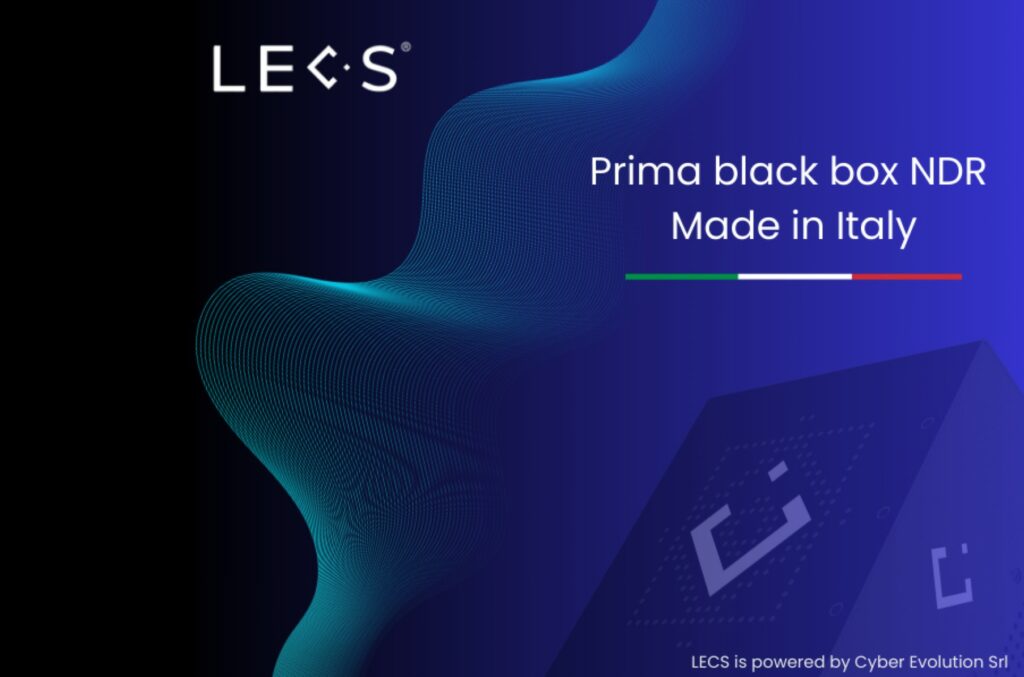
Redazione RHC : 6 September 2025 09:12
In the current cybersecurity landscape, threats are moving ever faster and more sophisticated. Traditional defense tools are no longer sufficient to ensure complete visibility, especially when the attack leaves no obvious traces on endpoints or exploits fileless techniques. In this context, the concept of Network Detection and Response (NDR) comes to the fore: a technology designed to detect anomalous behavior in network traffic and activate intelligent countermeasures.
But what exactly is an NDR? How does it work? And why is it an increasingly crucial component of the corporate security strategy?
Network Detection and Response is an advanced network traffic monitoring and analysis system capable of identifying, in real time, suspicious or malicious activity that eludes traditional signature- or agent-based controls.
Unlike traditional perimeter tools, NDR observes internal network behavior (east-west traffic) and outbound flows (north-south) to identify anomalies. Indicative of compromise: data exfiltration, lateral movement, beaconing to control servers (Command & Control), and much more.
The goal is clear: detect ongoing attacks even in the absence of obvious signals, and respond before they cause damage.
An NDR system is based on three technological pillars:
Deep Packet Inspection (DPI)
Deeply analyzes network packets, extracting detailed information about protocols, payloads, and communication patterns.
The result is constant and invisible surveillance, capable of recognizing weak signals that could be the prelude to a complex attack.
The NDR is not a simple control tool: it is a strategic resource for any company that wants to proactively protect its digital assets.
Here’s why:
In particular, NDR is crucial for highly critical contexts (healthcare, manufacturing, OT infrastructures) where non-directly monitorable devices – such as PLCs, HMIs, SCADA – represent a weak point.
LECS: the advanced, invisible, adaptive NDR
In the landscape of solutions NDR, LECS offers a radically innovative approach with its proprietary Specto module.
Designed for continuous and non-intrusive surveillance, Specto analyzes all traffic in transit, using proprietary Hidden Analysis techniques and an advanced AI engine integrated with the Tiresia platform.
An NDR is particularly useful when:
Today, the absence of an NDR is a vulnerability. An attacker who enters your network without leaving a trace on the endpoint could remain undetected for weeks. With LECS, you can intercept them before it’s too late.
Network Detection and Response represents the most concrete and intelligent response to threats that move under the radar of traditional solutions. LECS, with Specto, Tiresia, and Raises, integrates a next-generation NDR into a plug & play ecosystem. play that combines visibility, automation, and rapid response.
Don’t leave your network blind. Put LECS to monitor! LECS is a Cyber Evolution srl product
 Redazione
Redazione